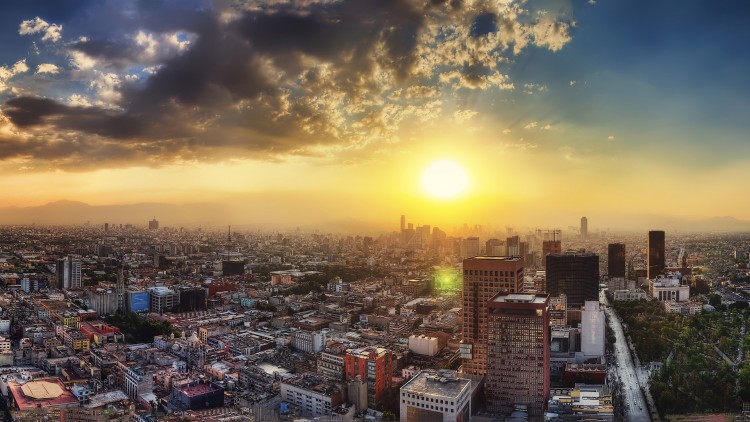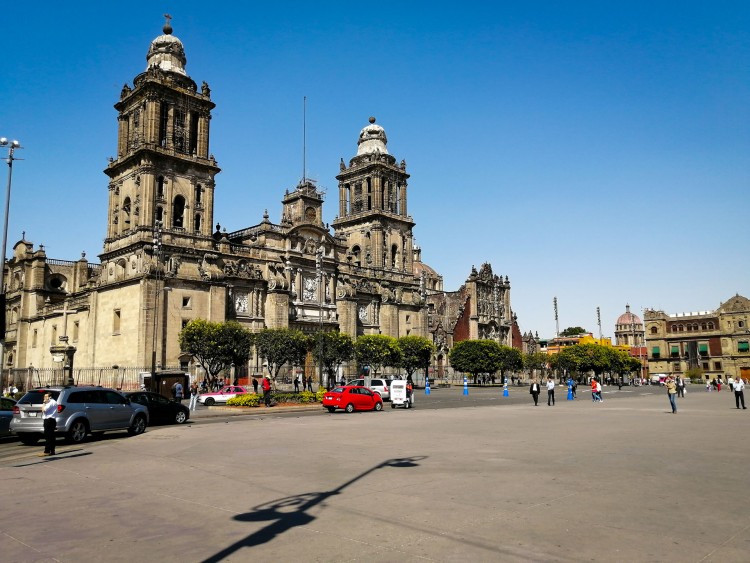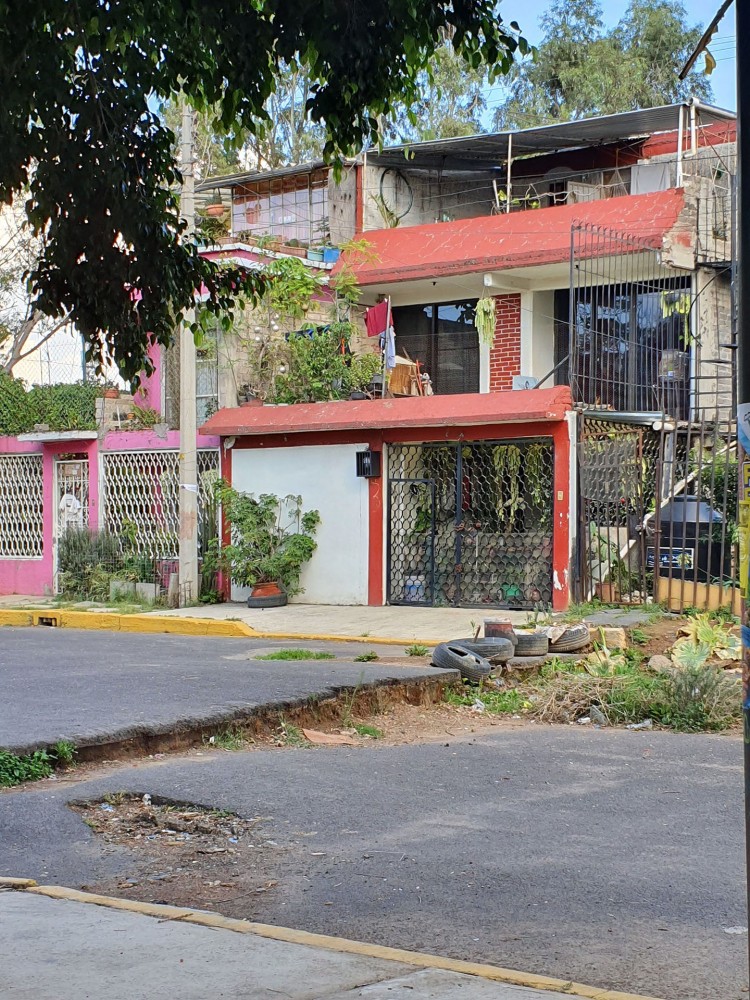CANADIAN IMMIGRATION UPDATES: Applicants to Master’s and Doctoral degrees are not affected by the recently announced cap on study permits. Read more

Mechanisms to engage, strengthen and monitor urban communities’ resilience

Mexico City, Mexico
CURE - Mechanisms to engage, strengthen and monitor urban communities’ resilience

Aidee Stephanie Jimenez Avila - Asesora de Proyectos Estratégicos y Cooperación Internacional, Dirección General de Resiliencia, Secretaría de Gestión Integral de Riesgos y Protección Civil
Background
Mexico City is still under reconstruction process after the earthquake of September 2017. Unlike other cities in the country, Mexico City proposed a participatory Commission with different communication channels aimed at providing information regarding advances or resolutions of the reconstruction. Additionally, in 2018 the City's first Resilience Strategy was launched with the support of Rockefeller Foundation’s 100 Resilient Cities Initiative. The Resilience strategy called out the following areas for consideration: Demographic growth and urban expansion, weak urban planning and little regional coordination, degradation of strategic ecological services for inhabitants of the City, and poverty and inequality expressed in access to housing, provided the basis for improving the institutional and legal apparatus.
This resilience challenge focuses on elements and tools from recovery planning and community resilience that could increase the impact and performance of members of the “Quadrant Risk Prevention Committees” (CPRC in Spanish). The opportunity is to provide guidance on how they can collectively pursue their ideal resilient community in a multi-hazard context (with special interest in considering all of the following COVID-19, floods, sinkholes, under areas of higher seismic risk and great levels of informal employments) with the assets and capital they identify in the area they represent, including social and ecological systems (as some Civil Protection Units only analyse natural hazards), identify robustness, rapidity, enhancement.
The CPRC are mechanisms that put together government agencies and citizenship in order to identify risks, prioritize risk mitigation, increase community resilience at the local level and promote humanitarian response at a neighbourhood level. Created in 2019, CPRC are recognized organizations at a quadrant level and aim to develop risk reduction activities in close collaboration with the Civil Protection Units at the 1,764 communities and 48 traditional indigenous territories across the 16 town halls of Mexico City.
Project focus
The Mexico City resilience office is about to start a process of renewal of the Resilience Strategy in order to have more timely and coordinated scope with the different government offices that also carry out resilience actions. As part of this, the office is seeking to strengthen coordination efforts with the third sector, in order to support risk identification efforts and make use of their capacities in the territory to encourage citizen participation and awareness with the participatory risk atlas. The Fall 2020 project will focus on the following themes:
- Can CPRCs identify risks and work towards risk reduction? Given that they may not necessarily have Educational background, how can CPRCs contribute to recovery planning processes in terms of assessing needs and participation?
- Which tools could citizens and members of CPRCs use to monitor community resilience?
- How can CPRCs and government agencies at the town halls be accountable from their work in terms of prospective risk management and durable solutions rather than responsive disaster management? Is there a process that can be used through different town halls or should it be based on the identified hazards?

